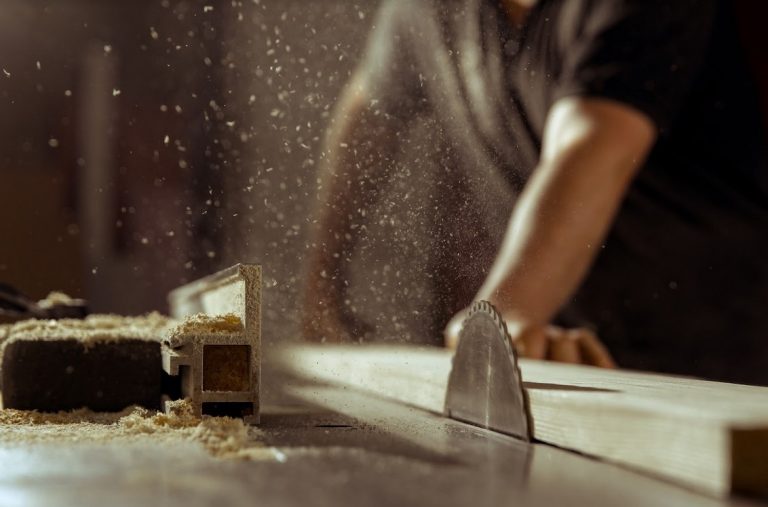With the Christmas season upon us, estate and lettings agent, Barrows and Forrester, reveals that the most valuable home to feature in a popular Christmas film or TV show belongs to the glamorous Edina Monsoon, although even Del Boy is sitting on nearly half a million pounds worth of property. Over the festive period, families and friends will be gathering around the gogglebox to watch and rewatch all of the classic festive films and TV specials. One universal theme that spans almost all of these films is the idea of ‘home’, often portrayed as a cosy, fire-lit festive paradise of fairy lights, mince pies, and mountains of presents under the tree. Barrows & Forrester has taken a look at some of the most famous homes from our Christmas TV and film favourites, to reveal which, in today’s market, is the most valuable. Edina Monsoon’s townhouse in Absolutely Fabulous – Holland Park, London – £3.3m The most valuable home on the list is Edina Monsoon’s Holland Park townhouse from the classic British sitcom, Absolutely Fabulous, which has given us numerous Christmas specials over the years. The average price for a property in London’s Holland Park area is just over £1.2m, but the average price of a townhouse like Edina’s is closer to £3.3m. Sherlock Holmes’ apartment – Baker Street, London – £2.7m Just across town from Edina’s place is one of the most famous addresses in the world, home to one of the most well-loved detectives to ever grace the page or screen. 221b Baker Street in London’s NW1 is, of course, home to Sherlock Holmes, but the owner of the property is actually his loyal friend and landlady, Mrs Hudson. Today, the average price of a property in NW1 is £858,000, but the average for terraced property like Sherlock’s is estimated to be £2.7m. McCallister family home in Home Alone – Chicago suburbs – £1.8m On the other side of the Atlantic, we find the generous McCallister family home in which young Kevin finds himself all on his own and under threat from dastardly burglars in the all-time Christmas classic, Home Alone. The large detached house is located in the Chicago suburbs and estimated to be worth around £1.8m. Buddy’s dad’s apartment in Elf – Manhattan, New York City – £1.3m When Buddy, the oversized Elf from Will Ferrell’s modern Christmas classic Elf, leaves the North Pole to track down his dad in Manhattan, New York City, he finds him living in a salubrious apartment overlooking Central Park. Today, this impressive home is estimated to be worth £1.3m. Bridget Jones – Borough Market flat, London – £878,000 Unlucky in love but lucky in property investment, Bridget Jones lives in a one-bed flat in London’s popular Borough Market. The home has an estimated value of £878,000. Will Freeman’s bachelor pad in About A Boy – East London – £859,000 In About a Boy, Hugh Grant plays the wealthy but bored Will Freeman and lives in a bachelor pad in London’s EC1 purchased with his dad’s music royalty money. It’s worth an estimated value of £859,000. Iris’s cottage in The Holiday – Surrey – £719,000 The almost comically picturesque Surrey cottage owned by Kate Winslet’s character, Iris, in The Holiday has a modern value of £719,000. In the film, it’s Cameron Diaz’s Amanda who spends most of the time in the cottage. Dursley Family home in Harry Potter – Bracknell – £435,000 4 Privet Drive, home to the Dursley Family and a young, mistreated Harry Potter before he was aware of his wizarding powers, is thought to be located in Bracknell and therefore has a modern value of £435,000. Del Boy’s flat in Only Fools And Horses – Peckham – £423,000 Del Boy’s flat in Nelson Mandela House, Peckham, which he shares with Grandad and then Uncle Albert, is worth £423,000 on today’s market which Del would no doubt think is lovely jubbly. Gwen’s home in Gavin & Stacey – Barry – £199,000 Finally, the most affordable Christmas house is that belonging to the titular Stacey and her mum, Gwen, in Gavin & Stacey. Located in Barry in South Wales, the terraced home has an estimated value of £199,000. Data tablesData tables and sources can be viewed online, here. Building, Design and Construction Magazine | The Choice of Industry Professionals














